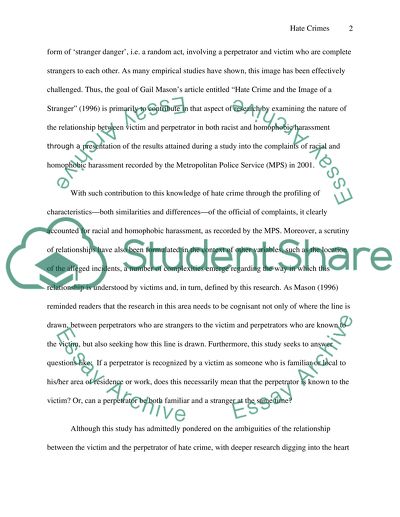Cite this document
(“Introducing Criminological Research Book Report/Review”, n.d.)
Introducing Criminological Research Book Report/Review. Retrieved from https://studentshare.org/law/1512967-introducing-criminological-research
Introducing Criminological Research Book Report/Review. Retrieved from https://studentshare.org/law/1512967-introducing-criminological-research
(Introducing Criminological Research Book Report/Review)
Introducing Criminological Research Book Report/Review. https://studentshare.org/law/1512967-introducing-criminological-research.
Introducing Criminological Research Book Report/Review. https://studentshare.org/law/1512967-introducing-criminological-research.
“Introducing Criminological Research Book Report/Review”, n.d. https://studentshare.org/law/1512967-introducing-criminological-research.


